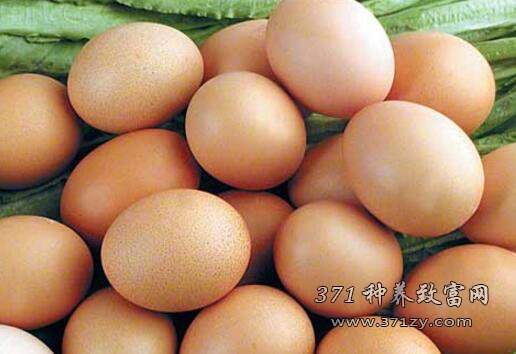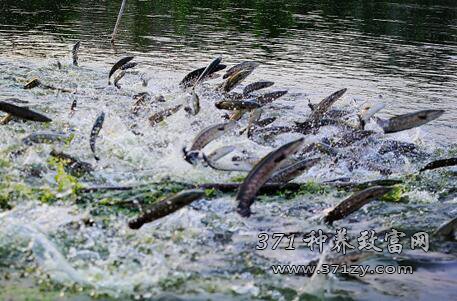How much is the corn now? Analysis on the trend of Corn Price in 2017
Now corn prices across the country have been lowered as a whole, and corn prices in Northeast China have been monitored as a whole. Among them, the spot price of corn in Heilongjiang is 1180-1320 yuan / ton, the corn price in Jilin is 1260-1360 yuan / ton, the corn price in Liaoning is 1350-1410 yuan / ton, and the corn price in Inner Mongolia is 1370-1440 yuan / ton Corn prices in North China have been lowered by 10-20 yuan per ton as a whole, with Shandong corn prices at 1540-1620 yuan / ton, Hebei corn prices at 1520-1560 yuan / ton, Henan corn prices at 1540-1580 yuan / ton, and Guangdong port corn prices at 1560-1630 yuan / ton. Now there are less than 10 days to go before the Spring Festival. In terms of producing areas, there is news in the market that China Grain Reserve has stopped opening an account to purchase corn on the 22nd of the 12th lunar month (January 19), and the normal purchase has resumed after the Spring Festival. At present, railway freight transport in Northeast China is also basically out of service. Southern feed enterprises have completed basic stock preparation, and procurement demand is low. How will corn prices in various regions go before and after the New year? The specific analysis is as follows.

Trend of Maize in Northeast China
According to the Grain Bureau, as of January 15, three provinces and one region in Northeast China had purchased a total of 52.5 million tons of corn, including 7.19 million tons in Inner Mongolia, 11.26 million tons in Liaoning, 13.26 million tons in Jilin and 20.79 million tons in Heilongjiang. According to Brick's forecast, the progress of grain sales is 47% in Heilongjiang, 63.4% in Liaoning, 43% in Jilin and 26.35% in Inner Mongolia. On the whole, the progress of grain sales in Liaoning Province is the fastest, while that in Inner Mongolia is on the slow side.
According to the investigation report on mildew of corn in Northeast China published by the National Corn Industry Technology system, as of December 14, 2016, the weighted average of grain water content of samples from three provinces and one region in Northeast China was 27.9%. The weighted average of grain water content with simple storage facilities was 29.2%, that without simple storage facilities was 27.1%, and that of Heilongjiang was 30.0%, which was 25.9% in Jilin. 23.3% in Liaoning and 19.5% in Inner Mongolia. There is a strong autumn and winter wind and little rain in Inner Mongolia, which is beneficial to reduce the water content of corn grains. From the point of view of corn grain mildew rate, Jilin grain mildew rate is 1.86%, Heilongjiang grain mildew rate is 0.5%, Liaoning grain mildew rate is 0.74%, Inner Mongolia grain mildew rate is the lowest, 0.059%.
From the grain moisture content, mildew rate and sales situation in Northeast China, we can see that Jilin has a high risk of mildew and slow grain sales, but Jilin is a major province of deep processing of corn, and its digestibility of corn is strong. However, the digestibility of deep processing in Heilongjiang and Inner Mongolia is weak, especially the grain water content of Heilongjiang is higher, and the risk of mildew increases after the year. Considering that part of the grain was sold in time before the year ago, we believe that the price of corn in Northeast China will be stable before the year, and the progress of corn acquisition will slow down as a whole after the year, but February to March is still the peak of corn in Northeast China. Corn prices will be dominated by weak operation. It is reported that the corn acquisition will end at the end of April, but the implementation period of corn deep processing subsidies will be until June. We believe that the willingness to reserve stocks for deep processing procurement will increase after April, and corn will mainly run strongly.
Trend of Maize in North China
With the implementation of the new mechanism of market-oriented acquisition and subsidy in Northeast China in 2016, the price advantage of corn in North China is no longer, and the pricing power is gradually shifted to the Northeast. At present, the inventory of corn starch in North China is high, and the demand for deep processing is gradually in the doldrums. Corn prices will be dominated by weak operation before the year, and the starch off-season is coming in February-March after the year, coupled with the disadvantage of raw material costs in North China, the demand for deep processing is difficult to improve. Corn prices will continue to be weak, taking into account the gradual decrease in corn supply in Northeast China after April, affected by the transmission of corn prices in Northeast China, and the gradual strengthening of demand for supplementary fences in breeding, coupled with the fact that May is the peak season for starch consumption, corn prices in North China are expected to pick up after April. The investigation of corn industrial technology system on mildew in Huang-Huai-Hai region shows that the mildew of grains in Huang-Huai-Hai region is relatively mild this year, and the market demand for high-quality corn in the later stage will form a certain support for corn prices in North China.
The trend of Maize in Southern sales area
At present, the stock of corn in the southern port is sufficient, and the southern feed enterprises have basically completed their stockpiling. According to Blake's monitoring, the price of corn in Guangdong port is basically the same as the duty paid price of US corn import, the advantage of US corn import has been lost, and the import of corn substitutes will be greatly reduced by DDGS. The corn supply in the southern sales area mainly depends on the northeast, and it is expected that the overall price of corn in the southern sales area will be stable before the year. The demand for supplementary hurdles in aquaculture increases from February to March, but it also coincides with the peak of corn in Northeast China. It is expected that corn prices will fluctuate mainly in a narrow range. With the completion of corn acquisition in Northeast China from April to May, corn supply in the southern sales area will gradually be tight. Corn prices are expected to pick up, and phased increases are not ruled out.
- Prev

The price of mutton and eggs dropped slightly before the Spring Festival, supply and demand fell steadily by more than 30% compared with the same period last year.
The price of mutton and eggs dropped slightly before the Spring Festival, supply and demand fell steadily by more than 30% compared with the same period last year.
- Next

Analysis on the market price of raw fish here comes the opportunity to make money from farming raw fish in 2017
Analysis on the market price of raw fish here comes the opportunity to make money from farming raw fish in 2017
Related
- A course of planting techniques and methods on how to grow carrots
- How to plant the latest tulips?
- Is it better to pick tea in the morning or in the afternoon? When is the best time for tea to be picked? what is the third or fifth tea?
- Launch Yuanxiao Happy combination Haocha + Tea Yuan healthy Taste
- Penghu Tourism "Fireworks 20 Parade with You"
- 2022 West Lake Happiness holds "Digital Revitalization Voucher" and draws iphone13 and laptop.
- Banqiao Fuzhou social houses are designed to change start-up combined with police elimination to create a safe and livable environment
- The convenient measure of "mechanical weeding" in Xinbei has been abused and the Agriculture Bureau has imposed heavy penalties on the illegal land consolidation.
- Changgeng University Joins Hands with Four Memory Factories to Rescue Memory Talent Shortage
- The list of Taiwan's top 100 MVP managers is listed by the Director-General of the Farmers' Association of Sanxia District.

